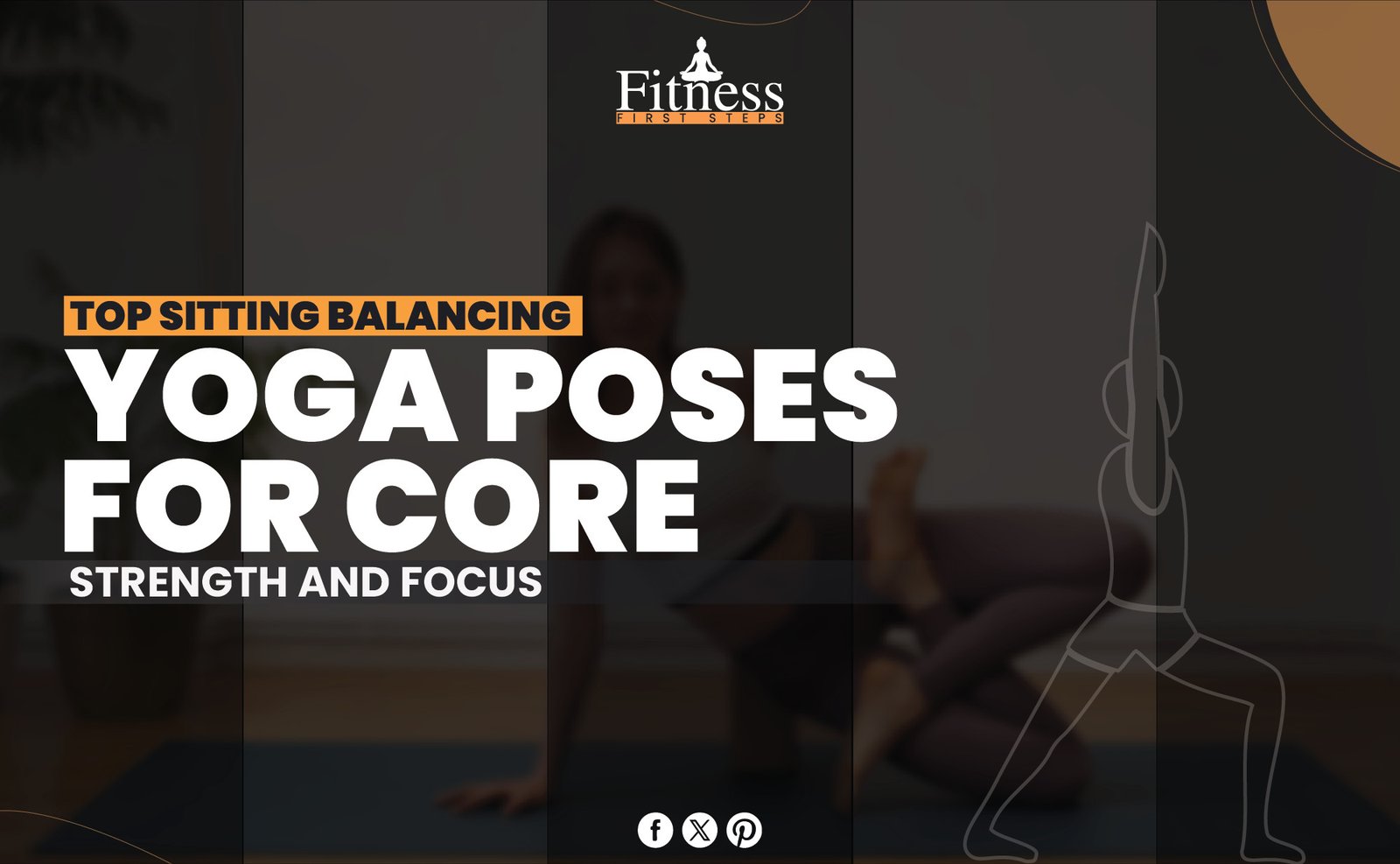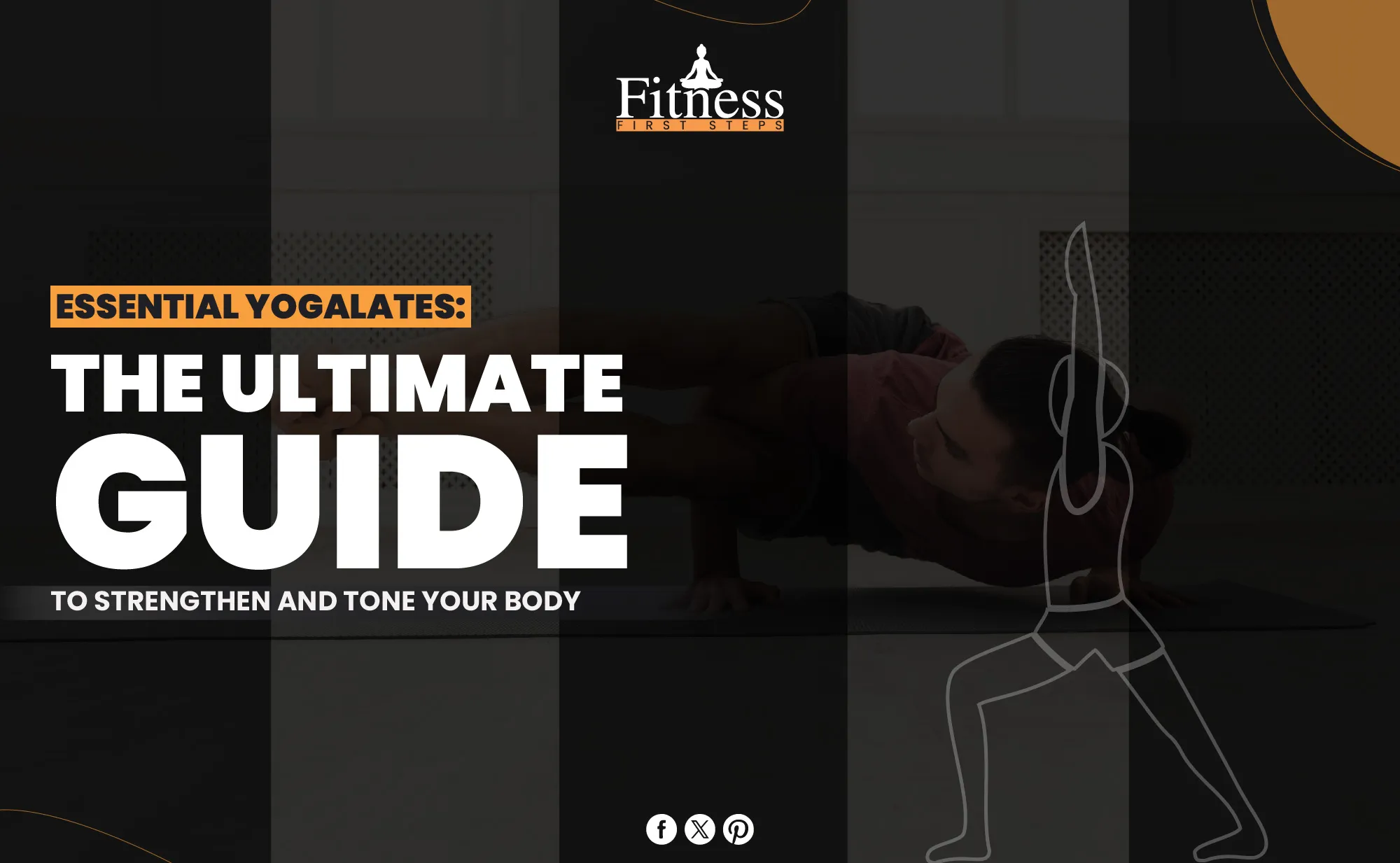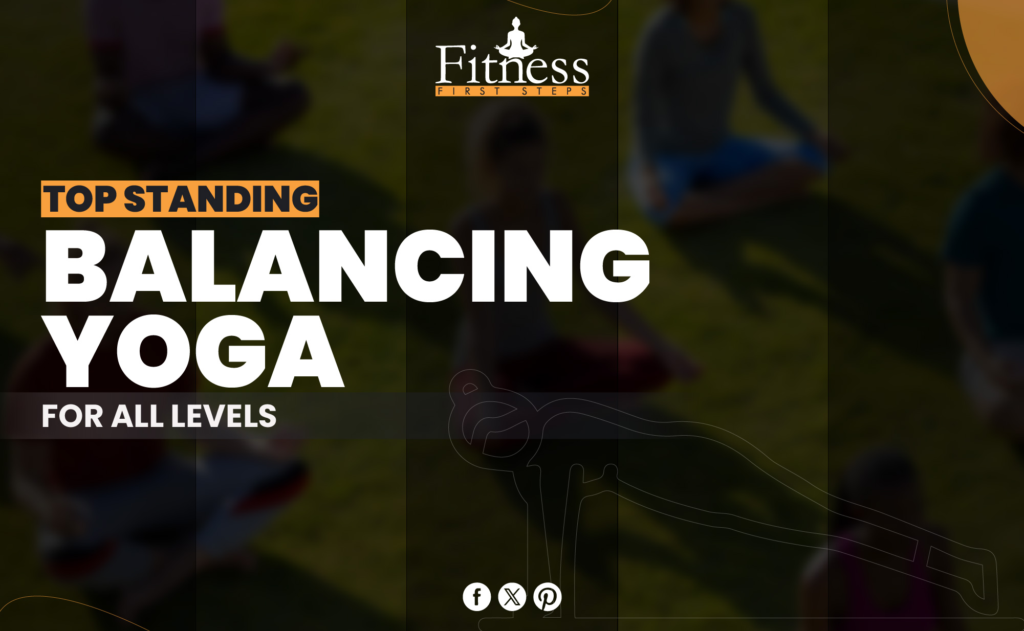Introduction
Pregnancy is a journey from the excitement of anticipating to the physical changes that challenge and amaze women. Expectant mothers use many methods to support a healthy pregnancy and provide their baby with the best environment. Prenatal yoga has gained appeal as a comprehensive approach to pregnant health and well-being.
Prenatal yoga considers changes in your body, mind, and emotions, which are as important on this beautiful but difficult road. This in-depth look at prenatal yoga reveals what it is, what it can do for you, and how it can be a guide star during your pregnancy.
You can read more about massage yoga therapy.
The Art of Prenatal Yoga
Imagine a peaceful environment where every movement and breath celebrates pregnancy’s strength and elegance. Prenatal yoga is a calm flow of breath and movement developed for pregnant women. Slow, thoughtful motions promote well-being and respect the body’s shifting requirements. Expectant moms connect with their bodies and newborns via each pose, creating a quiet and attentive atmosphere.
While prenatal yoga is new, it is steeped in thousands of years of yoga tradition. Asanas, pranayama, and meditation harmonize the body, mind, and spirit. Yoga for pregnancy adapts these ancient techniques to support and feed mother and child during this life-changing time. The comprehensive ethos of traditional yoga is modified to meet pregnancy’s physical and mental needs.
Every pregnant woman who does prenatal yoga reaps its many benefits. It reduces back pain, improves flexibility, and strengthens birthing muscles. Concentrated breathing and meditation calm the mind and minimize pregnancy and birthing stress. Perhaps most importantly, prenatal yoga strengthens mother-child bonds, preparing mothers emotionally and spiritually for birthing and motherhood.
Elevating Body and Spirit
Strengthening the Temple
As a source of strength and resiliency, prenatal yoga is a great way to care for the body that houses both mother and child. This method is based on:
- Enhancing Flexibility: Gentle stretching movements in prenatal yoga can make you much more flexible, which is essential for getting ready for childbirth and adapting to the changes in your body during pregnancy.
- Building Core Strength: Certain poses strengthen the pelvic floor, back, and abdominal muscles. This helps the body support its growing weight and improve balance, easing common problems like lower back pain.
- Improving Balance: The center of gravity can move during pregnancy, making you feel awkward or unstable. Poses that focus on balance can help pregnant women find their new center of gravity and improve their coordination of movements.
- Boosting Circulation: Prenatal yoga uses gentle movements and poses to improve circulation throughout the body. This helps reduce swelling and avoid varicose veins, which are common during pregnancy.
Strengthening the body through prenatal yoga helps the pregnancy go more smoothly and prepares the mother for a much easier birth and recovery.
Nurturing the Soul
Prenatal yoga is a great way to find inner peace and mental fortitude. Nurturing the soul during pregnancy is just as important as strengthening the body. This part of the practice is all about
- Mindful Breathing: Managing pregnancy and labor requires deep, controlled breathing to alleviate tension and soothe the mind. Pregnant women are encouraged to focus on their breath to handle discomfort and anxiety.
- Meditation and Visualization: Regular meditation and visualization promote clarity and calm. These rituals help mothers visualize a positive birth and improve their emotional relationship.
- Self-awareness and Connection: Prenatal yoga strengthens self-awareness and infant bonding. Through poses and exercises that tune into their bodies and change, mothers develop intuition and a close connection with their babies.
- Community and Support: Expectant mothers might meet other women in similar situations by participating in prenatal yoga courses. This sensation of belonging helps reduce anxiety and isolation.
Prenatal yoga provides a holistic approach to health that enhances the pregnancy experience and prepares women for birth and motherhood by addressing the physical and spiritual parts of being.
Power of Community
- Shared Experiences and Learning: Prenatal yoga courses let moms discuss their pregnancy and parenthood anxieties and joys. This interaction creates an environment where women can learn from their instructors and peers.
- Motivation and Consistency: Joining a yoga community might boost motivation to practice regularly. Attending classes helps create a routine that benefits mother and baby.
- Enhanced Emotional Support: A pregnancy’s emotional rollercoaster can be daunting. Groups of people in comparable stages of life provide emotional support and understanding, simplifying stress and anxiety management.
- Increased Sense of Belonging: It can sometimes feel lonely during pregnancy, especially for first-time moms. Being a part of a prenatal yoga group makes you feel like you belong, which makes you feel less lonely and alone.
- Fostering Friendships: People who meet at prenatal yoga classes often stay in touch after class and become lifelong friends. These connections can benefit moms after giving birth and as their kids get older.
Overcoming Hurdles: Safety and Adaptations
Address Concerns
- Listening to Your Body: Pregnant women must pay attention to their bodies and know when a pose doesn’t feel right. By changing or missing poses that make them feel bad, they ensure their safety.
- Consulting Healthcare Providers: Talking to a doctor before starting a prenatal yoga routine is very important to make sure it’s safe, especially for women who are at high risk of pregnancy or who already have health problems.
- Choosing the Right Instructor: Choosing yoga teachers trained in prenatal yoga and understanding how the body changes during pregnancy can help you make changes and keep the practice safe.
- Avoiding Overexertion: It’s important not to put too much stress on the body. Pregnant women should exert less effort so that they don’t get too hot or too tired.
- Using Props for Support: Yoga blocks, bolsters, and chairs are some props that can be used to change poses and make practice more stable and supportive.
- Staying Hydrated: Drinking water before, during, and after yoga lessons is essential to avoid dehydration and maintain energy.
- Monitoring the Body’s Response: Observing how your body feels during and after yoga can help you determine what works best and what to avoid.
- Incorporating Restorative Poses: Adding healing poses to your practice can help you feel less stressed and tired, especially when pregnant.
Expert Guidance
- Seeking Professional Advice: A knowledgeable and experienced prenatal yoga instructor guarantees pregnant women the best and safest guidance. These professionals can customize alterations to meet individual needs and comfort.
- Participating in Workshops and Seminars: Many yoga studios and wellness centers offer classes for pregnant women. During these lessons, you can learn more about prenatal yoga, such as staying safe, breathing, and what poses are good for you.
- Utilizing Online Resources: There is much information about prenatal yoga online, such as how-to videos, papers, and discussion boards. These materials can be used in addition to lessons to provide extra help and direction.
- Continuous Learning: During pregnancy, things may change, and what feels good in one stage might not be in another. Knowing about your body’s changes and changing your yoga practice as needed is essential for a safe and valuable experience.
- Feedback and Communication: Open contact with the yoga instructor and doctor is essential. Feedback on what feels right or painful can assist in customizing the practice to the mother and baby’s health.
Adapt and Thrive
- Personalized Practice: Customizing prenatal yoga sessions to specific needs and concerns improves comfort and effectiveness. This personalized method focuses on poses that support the body’s current state and pregnancy stages.
- Inclusivity of All Trimesters: By changing and adapting poses, prenatal yoga stays approachable and helpful throughout all three trimesters, adapting to the body’s changing needs as the pregnancy continues.
- Integration of Mindfulness and Relaxation Techniques: Adding deep relaxation and awareness practices like guided imagery and meditation can boost yoga’s physical benefits and improve mental and emotional health.
- Creating a Balance: To support general health and prepare the body for birth, it’s essential to ensure your practice is well-balanced with relaxation, strengthening, and flexibility work.
- Regular Practice and Consistency: Regular practice can help a woman stay mobile, ease the discomforts of pregnancy, and strengthen the bond between her and her future child.
- Building a Support Network: Making friends in the prenatal yoga community can help you build a support system that gives you hope and understanding, which is very important during pregnancy and afterward.
- Holistic Health Focus: A well-rounded approach to pregnancy health involves seeing prenatal yoga as part of a more extensive health and wellness plan that includes a good diet, enough rest, and regular visits to healthcare providers.
Bridging Worlds: Prenatal Yoga vs. Traditional Practice
Adaptations in Poses
- Gentler Stretches: Traditional yoga often involves deep stretching, but prenatal yoga focuses on kinder and more flexible stretches to keep both mom and baby safe and comfortable.
- Avoidance of Prone and Deep Backbends: People usually avoid positions that pressure the stomach or involve deep backbends to prevent pain and possible harm.
- Focus on Hip Openers: In traditional yoga, hip-opening poses are less critical but more important in prenatal yoga because they help the body prepare for birth.
Breathing and Relaxation Techniques
- Modified Breathing Practices: Regular yoga has many breathing exercises, but prenatal yoga focuses on techniques that help you rest and deal with pain during labor, like humming softly and taking long, deep breaths.
- Increased Focus on Relaxation: Prenatal yoga emphasizes stress relief and relaxation through extended cool-down periods, longer savasanas (resting poses), and guided meditations to calm the mind and body.
Class Structure and Atmosphere
- Shorter Duration: Pregnant people are less energetic and likelier to feel uncomfortable, so prenatal yoga classes are shorter than regular lessons.
- Communal Support: Not as standard in traditional yoga settings, classes often include open discussions or sharing circles that help expectant moms feel like they are part of a community and get support.
Educational Components
- Pregnancy-Specific Guidance: In addition to physical exercise, prenatal yoga classes may teach about childbirth, recovery after giving birth, and how to care for a baby. This is a more complete way to prepare for pregnancy than traditional yoga.
- Safety First: Safety is paramount during class, and teachers often go over poses and props in great depth to ensure the safety of both mom and child.
Inviting Prenatal Yoga into Your World
Finding the Right Class
- Research Local Studios: Find yoga studios in your area that offer prenatal yoga lessons as a first step. Many schools have websites with complete descriptions of their classes and information about the teachers.
- Ask for Recommendations: Talk to your friends, family, or healthcare provider. They may know of great prenatal yoga classes in your area or have taken them themselves.
- Consider Your Schedule: It would be best to look for classes that work well with your plan to keep going regularly without too much stress.
Preparing for Your First Class
- Wear Comfortable Clothing: Pick loose, stretchy clothes to move around quickly.
- Bring the Right Equipment: Check beforehand to see if the class you’re going to provides the necessary gear, such as yoga mats, blocks, and bolsters. If not, you could bring your own.
- Stay Hydrated and Nourished: Drink water before and after class to stay healthy. Also, eat a small meal or snack before the event to keep your energy up and avoid feeling too full.
Engaging Fully in the Practice
- Arrive Early: If you get there early, you can talk to the teacher before the class starts about any needs or worries.
- Listen to Your Body: During the practice, remember how you feel and avoid any moves or poses that make you feel bad.
- Stay Open-Minded: Prenatal yoga can be enjoyable. As you learn what works best for your body during pregnancy, keep an open mind and be ready to change.
Building Consistency
- Set Realistic Goals: Start with a reasonable number of weekly classes and make changes based on how your body reacts.
- Track Your Progress: During your prenatal yoga practice, you can write in a journal about your progress and any changes in how you feel physically and mentally.
- Seek Support: Invite your friends to join you or meet new people in class to stay motivated and share your experiences.
Conclusion
Becoming a mother is fantastic, full of hopes, dreams, and expectations. You change in a way that isn’t like any other time. Your spirit and power grow along with your body. As I reflect on this journey, prenatal yoga seems less like a practice and more like a friend walking you through each stage with grace, strength, and constant support.
Now is the time to remind yourself of the strength and perseverance you already have. Prenatal yoga shows that you care about your and your baby’s health. Every stretch, breath, and moment of silence is a way to feel empowered. It makes you feel stronger and more capable, preparing you for giving birth and the beautiful tasks of motherhood.
You can use prenatal yoga’s potential. Discovering your love, patience, and endurance is challenging, not just your physical wellness. By adopting this practice, you embrace a holistic pregnancy that considers mental, emotional, and spiritual health. In this quiet and supportive atmosphere, you’re developing a deeper connection with your kid and preparing for motherhood’s rich, complex, and rewarding experience.




